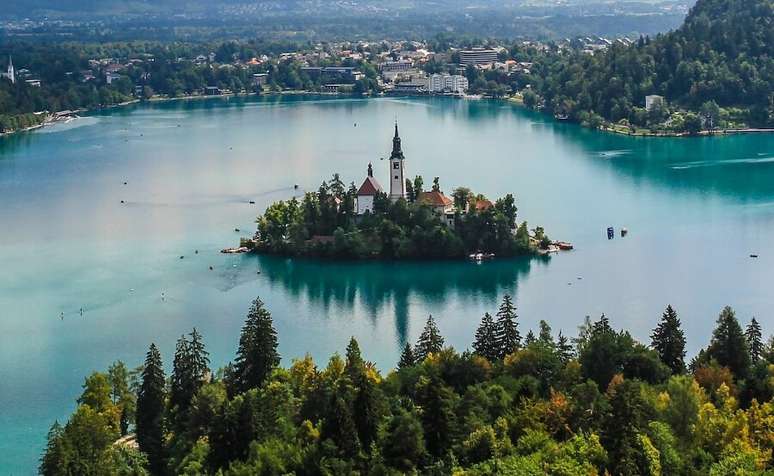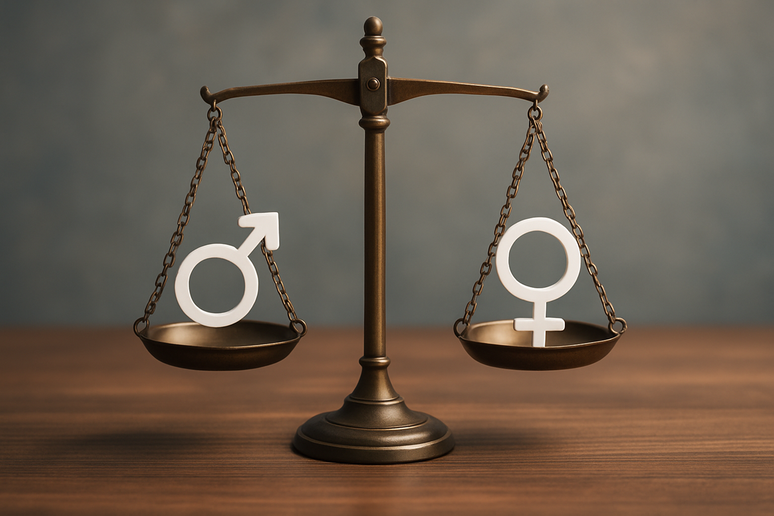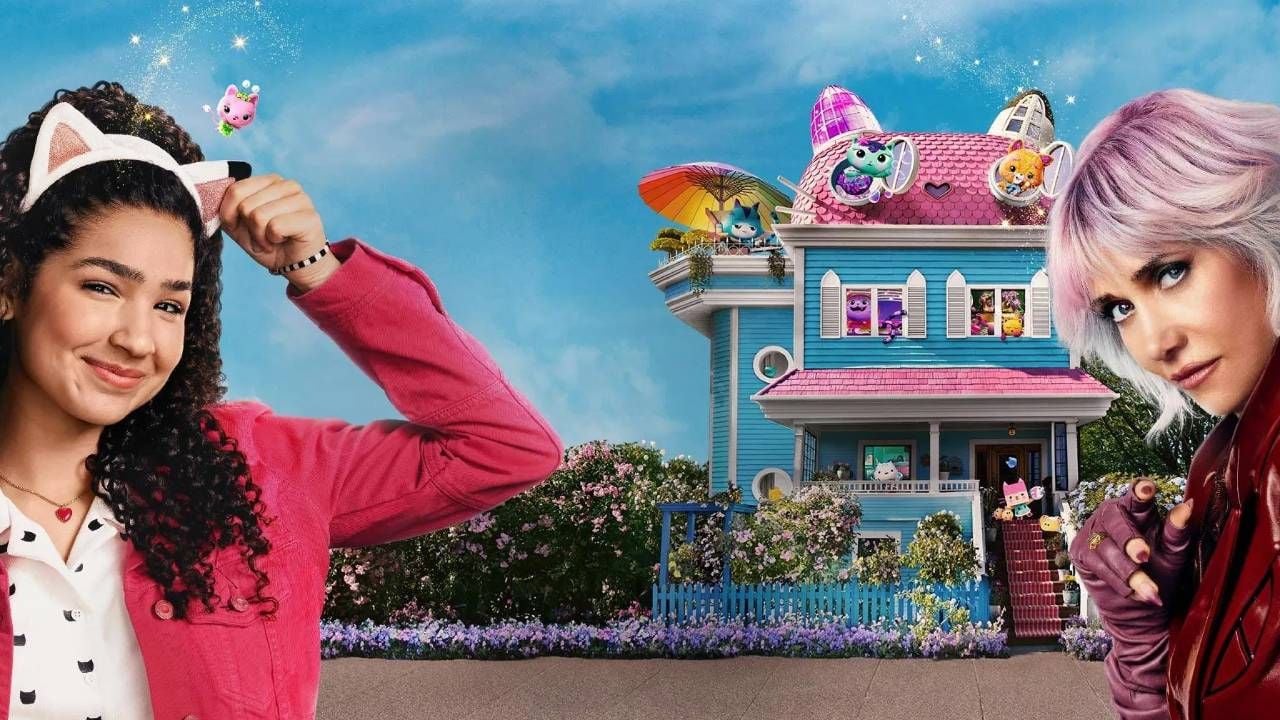This small country, still little explored by the hordes of mainstream tourists, was part of the former Yugoslavia
HI!!! Save yourself if you can.
I was in Lipica in Slovenia, the birthplace of the famous Lipizzan horse breed. The Maestoso hotel is located in the stud farm founded in 1580 by the then Habsburg Archduke Charles II, commander of the interior of Austria.
This small country, still little explored by the mainstream tourist hordes, was part of the former Yugoslavia and lies on the border with Italy, Austria, Croatia and Hungary further east.
The soundtrack could not be about any other topic: electronic music from Slovenia. This playlist is very soft and I doubt you know any artists. Errorist, Borka, Kleemar, Anderma, Timo Chinala and Smrgoda are some examples that will soon enter your eardrums and settle forever in your auditory cortex.
Slovenia, an unknown pearl in Europe
The way Slovenia became independent made a difference. If we compare it with Croatia, Serbia and Bosnia, this small country had a much more peaceful exit from the former Yugoslavia. There was only a 10-day war for its independence, during which almost nothing was destroyed and with few casualties.
The conflict was resolved quickly because the resources and difficulties needed to defend Slovenia were too great for the central government of Yugoslavia, already overwhelmed by the independence push of other states. They soon realized that fighting to keep Slovenia would not be worth it.
Croatia, which was also fighting for its independence, lies geographically between Slovenia and the Yugoslav government located in modern-day Serbia. The only way was through Croatia. Furthermore, the Yugoslav bases in the little Slovenian jewel were unwilling to fight their own people and much of the local army deserted. This made Slovenia virtually irretrievable for the Yugoslav government. They were willing to lose the region by avoiding fighting on many fronts and running the risk of quickly losing other larger and more important states.
Croatia and Bosnia were not so lucky as they shared borders with Serbia. They fought long and devastating wars that destroyed large parts of their economies, caused human losses and poverty. In Bosnia alone it is estimated that more than one hundred thousand people died. Croats and Bosnians fought against the Yugoslav government, then established in Serbia. The conflict quickly escalated into territorial disputes based on ethnic divisions, and because many nations have ethnically mixed borders, the battles were bloody.
While other countries were destroying themselves, Slovenia had the opportunity to quickly and effectively establish itself as a nation. They were already richer than the others, but now they also had the benefit of an advantage and the fate of not having fought a devastating war.
Another advantage is the geographical location. As the first nation from the former Yugoslavia in the European Union, it has become an important trading partner. The port of Koper grew after independence and generated a lot of foreign exchange for the country. Likewise, Slovenia, which was on the border with the EU, benefited once again as most of the trade destined for the Balkans passed through the country.
Summary of the work: Slovenia had a huge advantage, and combined with historical wealth, a more work-oriented mentality and being a direct link between the Balkans and the EU, the country generated a significantly higher level of wealth high compared to all other nations of the former Yugoslavia.
Today, Slovenia is a high-income country, with one of the best living standards on the planet. Studies place it as the best place (along with Norway) to raise a child. Located among the 10 most gender equal nations on the planet, 12th in the world HDI (adjusted income inequality) ranking and number 1 in the Gini index, used to measure the level of inequality in a nation.
The capital Ljubljana is consistently ranked among the greenest capitals in the world.
Lipizzan horses are a masterpiece of nature
All the beautiful white horses of the Spanish Riding School in Vienna are Lipizzan breeds. A mixture of Andalusian breeds in Spain, Italian regions and Arabian stallions gave rise to the most beautiful horse in the world. They are trained and train their whole lives to perform dance shows and acrobatics.
The white horse is a living symbol representing the spirituality and excellent animal power of man himself. Lipizzaner is associated with human development, from animal nature to divine knowledge, from black to immaculate white.
Horses are born with black fur that turns white as they grow. It is a symbolism that represents the evolution of man, from his animal nature to the mastery of his abilities and the control of emotions. The ancients believed that the white horse was God himself.
It is almost impossible to describe Lipizzaners. When they appear, they enchant with their beauty, intelligence and freedom, as if they were truly divine beings. Not to mention the physical strength and ability to perform maneuvers and jumps.
This horse carries with it a deeper meaning in helping man develop and gain knowledge of himself, discovering the goodness and beauty of his own spirituality.
A living work of art.
Worth seeing and reading
FILM: Ben Hur (1959) – William Wyler. Why so much carnage?
The classic epic starring Charlton Heston broke several records, but among them a very bitter one.
Upon its release, the film was a huge success at the box office, winning 11 Oscars, and still remains one of the greatest films in history. But according to film historians, around 100 horses were killed during the production of the iconic film. A record number of animals died during filming.
The assistant director of the film allegedly ordered the horses to be killed “if they were limping” without resorting to veterinary care.
I still remember that scene inside the boat. The slaves rowed faster and faster until exhaustion obeying the increasing rhythm of the drums ordered by the sadistic foreman in charge of the rowers.
And the chariot race at the Circus Maximus in Rome?! The sabotage to knock out the opposing tanks in bloody battles and the realism of the scenes, all shot without special effects using hundreds of extras and real horses.
A classic.
BOOK: Napoleon: a literary biography (2004), Alexandre Dumas
The story of “The Three Musketeers” was written by the Frenchman Alexandre Dumas in 1844. “The Count of Monte Cristo” is also his work.
Dumas himself was the son of one of Napoleon Bonaparte’s generals, and he wrote the biography of the famous French emperor without the egg-headed drooling typical of biographers.
Alexandre says he has only seen Napoleon twice in his life. The narrative focuses on describing military battles, describing gallops on his iconic white horse (could it be a Lipizzaner?!), shouting at his soldiers, and music.
It is a fictionalized biography, where some facts, or versions of facts, are sometimes more important than the truth itself. Napoleon was bold, unique and changed the world with implications and consequences also in Brazil when Junot invaded Portugal, landing the court of Dom João XI in Rio de Janeiro.
Although France produced several great writers, none of them were as widely read as Alexandre Dumas. His stories have been translated into nearly 100 languages and have inspired more than 200 films.
I read the book, a gift from my godmother Inês. Very good and easy to read.
.
Source: Terra
Ben Stock is a lifestyle journalist and author at Gossipify. He writes about topics such as health, wellness, travel, food and home decor. He provides practical advice and inspiration to improve well-being, keeps readers up to date with latest lifestyle news and trends, known for his engaging writing style, in-depth analysis and unique perspectives.








